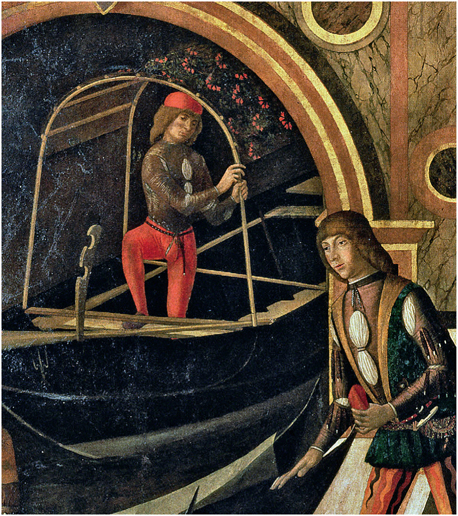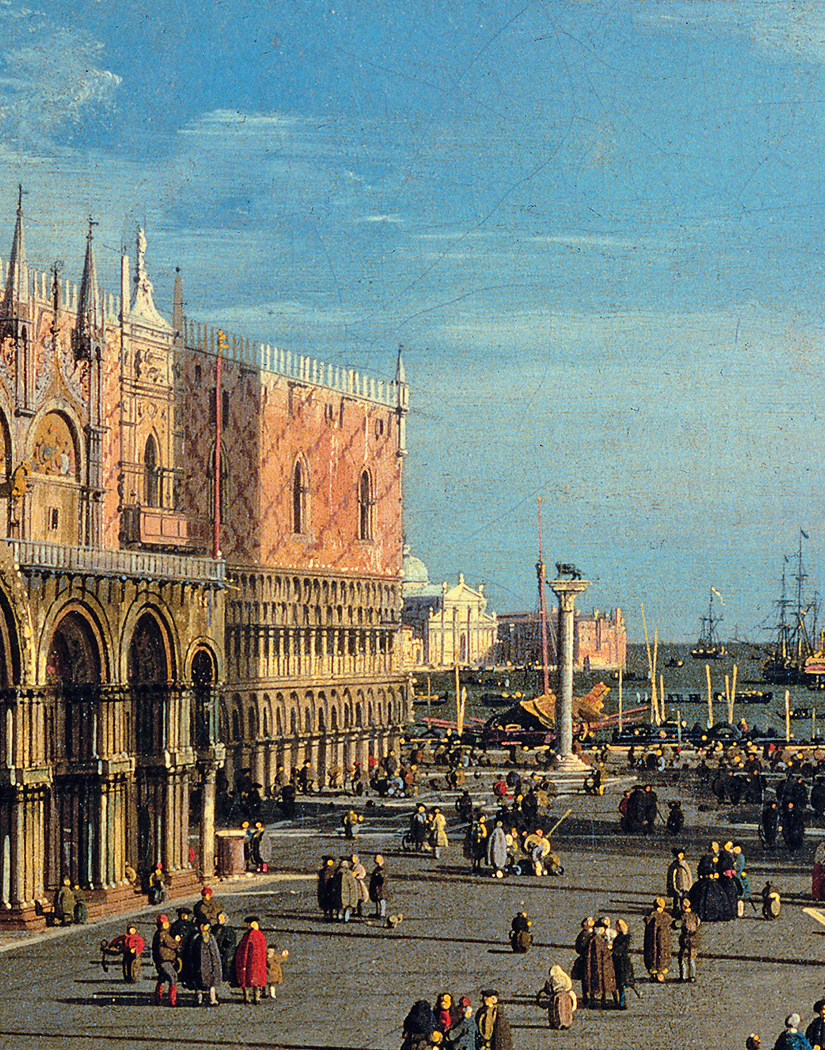
Introduction
That Venice is in peril is a fact so universally acknowledged that one of the committees which raises funds to aid in the restoration of works of art in the city bears that name: Venice in Peril. It is in peril from climate change, declining population, mass tourism, cruise ships, and from the various agencies of government which seem deaf to the voices of its citizens. At the same time, however, attempts are being made to control the effect of the tides and to prevent the assault of acqua alta, Teatro La Fenice has been rebuilt, and there is always the compensation of the beauty which surrounds residents or tourists anywhere in the city.
Part of that beauty on common offer is the sleek, mysterious gondola, the boat whose name and image are inextricably linked with the city. For centuries its blade-like hull has been cutting through the waters of the canals, taking people to and from home, the Rialto, assignations, work. Rowing from the back is the gondoliere, once the trusted servant, sometimes confidant, of families, today but another worker in the tourist industry.
Just as the gondola has remained recognizably the same through the centuries, so too have the barcarole which were sung from their decks centuries ago. Like the boat, these songs are quintessentially Venetian: sung in dialect, they present the real life and concerns of the people in the city. Venice once created a mercantile empire, and sacked Byzantium, but its citizens worried about love. The city itself ultimately fell to the invasion of Napoleon, but the Venetians went on drinking too much and longing after girls. Their hopes and desires fill the lyrics of the barcarole, and the music – at times sophisticated, at times simple – carries the listener along the tides of beauty just as does the gondola, from whose decks these lovely songs were first heard.
